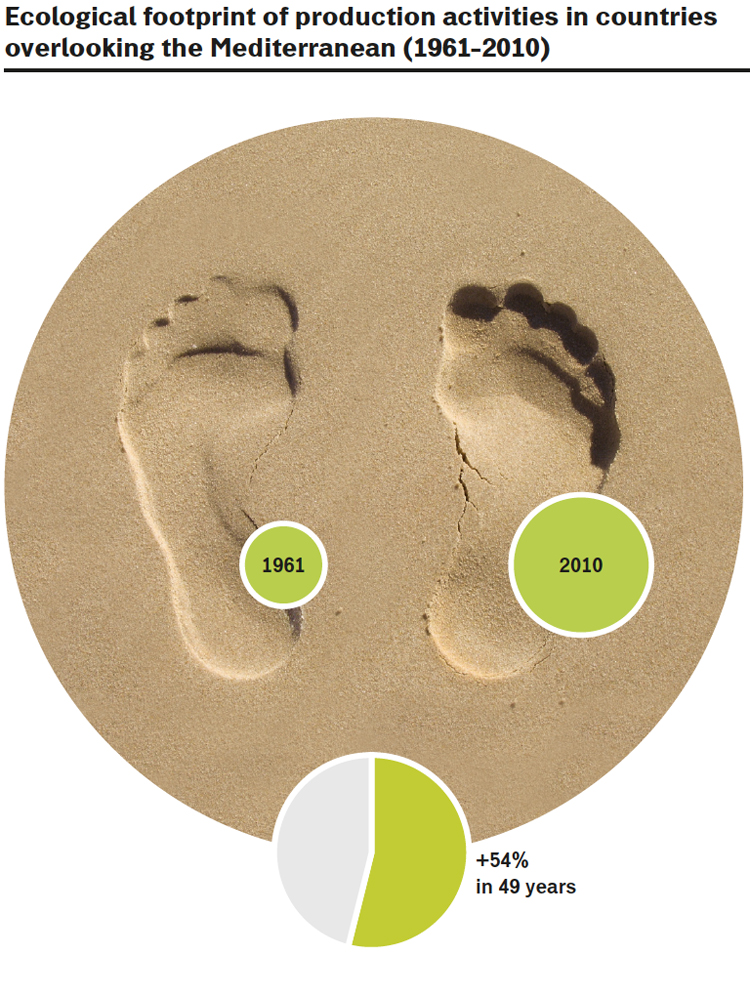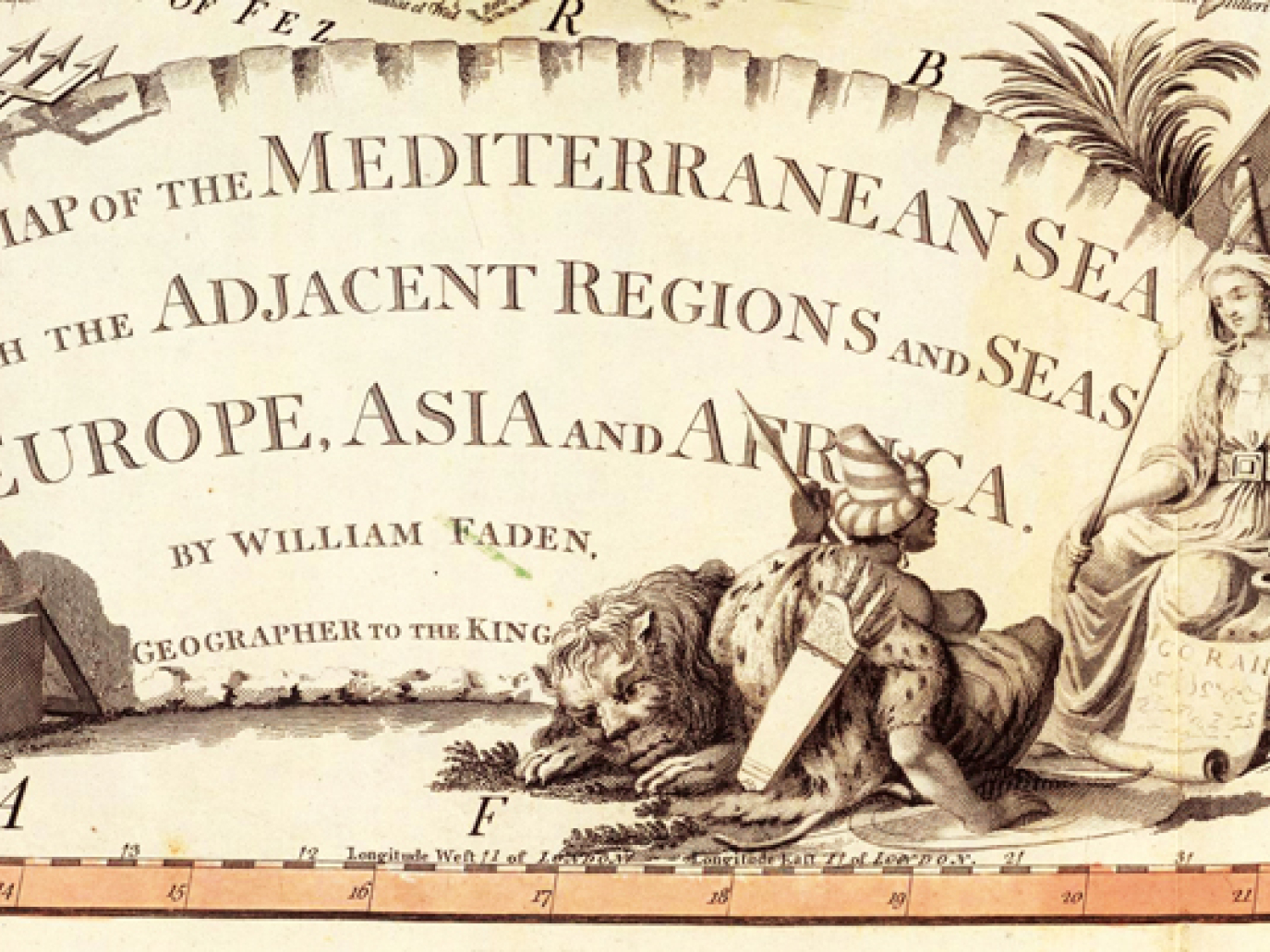There is another public debt resting on our shoulders. It is neither less dangerous nor lighter than the financial one. Above all, it is completely out of control. It increases every year, especially because we are partly not aware of it or largely underestimate its importance, thus persisting in adopting choices that cause and worsen it.
This public debt, hidden to most, is the ecological debt. Its evaluation is possible thanks to the introduction in the early 90’s by Mathis Wackernagel and William Rees of the Ecological Footprint Accounting (EFA): a tool to calculate the ecological balance sheet of our nations and the entire planet. Ecological footprint and biocapacity are just two components of the ecological balance sheet. It is a simple mechanism. A country’s ecological footprint is determined by its average consumption level, by how heavy such consumption is in terms of natural resources and services and population. In other words, the ecological footprint in an indicator of the anthropic stress.
On the other hand, a country’s biocapacity is determined by two factors: the surface of its biologically-productive land and water and their level of biological productivity. In fact, a vast land surface and coastline do not guarantee a high biocapacity. They must be in good conditions and biologically productive. It is clear that a hectare of forest or agricultural land at medium latitudes is more productive than a hectare of savannah or steppe. A vast expanse of desert has a very low biocapacity. Anyway, the relationship between ecological footprint and biocapacity is unescapable. If a country’s consumption of natural resources is greater than the capacity of its biological systems to replenish them, an ecological deficit occurs, comparable to what happens with a financial deficit when costs exceed revenues.
The studies carried out by Wackernagel and Rees show that a country can end up in an ecological deficit for three reasons: excessive use of resources, import of renewable resources that it does not produce sufficiently or disruption of the carbon footprint. Only if its ecological footprint is lower than the capacity of its ecosystems to regenerate natural resources and services the country does not end up in an ecological deficit. Otherwise, the “fuel warning light” comes on. And this is true for most of our planet. Particularly in the most populated areas, those in sensitive ecosystems or with energy-intensive societies.
This is the case with the Mediterranean area that, as shown by a study by Alessandro Galli, Martin Halle and Nicole Grunewald for the Global Footprint Network in Geneva, is characterized by a worrying trend towards a structural ecological deficit. “Our conclusions” the authors remark, “are that the Mediterranean region actually uses two and a half times more natural resources and ecological services than its ecosystems are able to produce. When consumption exceeds the local natural systems’ capacity, the only possible solution where people are not prepared to cut consumption is to import to meet demand. This is precisely what the Mediterranean region has been doing for some time now.”
Anthropic stress is very high. In the countries bordering the Mediterranean Sea, from 1961 to 2010, the per capita demand of resources and services increased by 24%. At the same time, the region’s ecological footprint of production increased by 54% and its population by 102%: a real boom, especially in the Southern Mediterranean countries. This caused an increase of the entire region’s footprint of more than 211%.

Of course, not all indicators are negative. Thanks to improvements in agricultural practices, the net biocapacity increased, but only by 59%. However, the population increase frustrated this progress because per capita biocapacity decreased by 21% from 1961 to 2010. Our natural systems are more productive but not enough to sustain us. Some could argue that in the long period a biocapacity increase is not always a positive result because it entails using unsuitable and marginal lands as well as detrimental agricultural practices. This means that what (as little as it might be) looks good in the short run is not necessarily so in the long term and could lead to a productivity decline. But even leaving this aside and taking into consideration the positive increase of the biocapacity, the Mediterranean region is in dire straits.
“The Mediterranean region” the authors affirm, “was already in a deficit situation in 1961 and now its deficit has grown considerably. Currently, the region’s biocapacity only provides at best half of the natural resources and services used. This means that the rest must be imported, first of all from the US, China and other non-Mediterranean European countries”. Of the 24 countries analysed in Galli, Halle and Grunewald’s work, the 5 countries that contribute the most to the ecological deficit are France, Italy, Spain, Turkey and Egypt; together they are responsible for 73% of the demand. Despite the marked effects of the financial crisis, noticeable in the comparison between 2007 and 2009, stress is still very high. Moreover, the crisis and the ensuing GDP collapse are certainly not a structural solution to this problem. When the economic cycle will turn, stress will start increasing again if different policies are not adopted.
In 2010, all the countries of the Mediterranean region were in ecological deficit. Those with the biggest ecological footprint are France (4.7) followed by Slovenia (4.6), Italy and Portugal (4.5), Greece and Malta (4.4) and Cyprus (4.2). At the other end of the spectrum, we find the virtuous ones: Palestine, Morocco, Syria and Montenegro. As we can see, all these countries are less developed. They use less not because they have decided so but because they cannot afford too much consumerism.
The other factor is biocapacity. The countries with the highest biocapacity are France, Croatia, Slovenia, Bosnia Herzegovina and Montenegro, while those with low biocapacity are Palestine, Israel, Jordan, Cyprus and Lebanon penalized by water scarcity. But even the virtuous ones have very little to celebrate. In fact, it must be pointed out that from 1961 to 2010, ecosystems’ capacity to satisfy the demand at per capita level decreased in all 24 countries and can only satisfy it in percentages that vary from 84% in Croatia, to 64% in France, 58% in Turkey, 35% in Spain, 32% in Greece, 22% in Italy and less than 10% in Cyprus, Israel and Lebanon. The dependence on resource imports jumped from 21% in 1961 to the current 50%. It varies from 29% in Turkey, to 32% in Morocco, 33% in Albania, 35% in Croatia, 39% in France, 53% in Spain, 60% in Greece, 72% in Italy, jumping to 85% in Lebanon, 88% in Israel and 90% in Malta. And it is not just a strictly ecological problem. This situation exposes Mediterranean countries, especially those relying heavily on imports, to market volatility and price dynamics, particularly those of raw materials that over the last decade have shown a marked upward trend. From 2000 to 2008, the World Bank commodity price index more than tripled in real terms for food, produce, metal and minerals. Countries with an ecological deficit are more exposed.
The need to reduce the ecological footprint is both an environmental and financial necessity. The environment health and correct balance of resources exploitation prevent the loss of assets that we should hand down to future generations, but at the same time they are a means to avoid being exposed to price shocks and geopolitical crisis caused by the overreliance on imports of goods – for example energy and minerals – concentrated in some countries. The price for the unscrupulous use of resources is twofold. It is both environmentally wrong and financially reckless and unstainable in the long term. Economists should understand that even with natural resources “there ain’t no such thing as a free lunch.”
Galli A., H. Martin, N. Grunewald, “Physical limits to resource access and utilisation and their economic implications in Mediterranean economies”, Environmental Science & Policy, v. 51, August 2015; doi:10.1016/j.envsci.2015.04.002
Top image: William Faden, Composite Mediterranean, 1785


